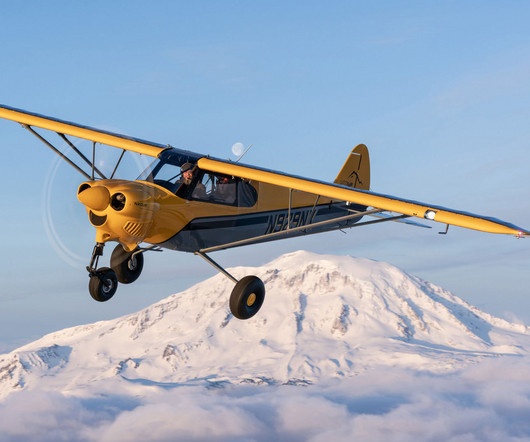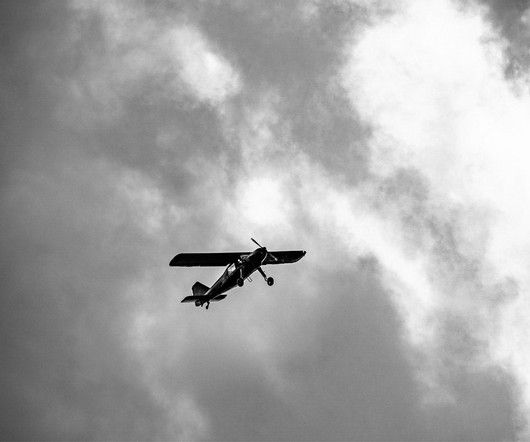Go-Around Required
Plane and Pilot
JUNE 23, 2025
After a shallow turn from downwind, the Bonanza was positioned on base at a proper altitude and airspeed and with a constant descent rate. NTSB weather data analysis determined the wind at 7,500 feet (about 700 feet above the runway) was from 210 degrees at 17 knots—a healthy tailwind for base leg.















Let's personalize your content